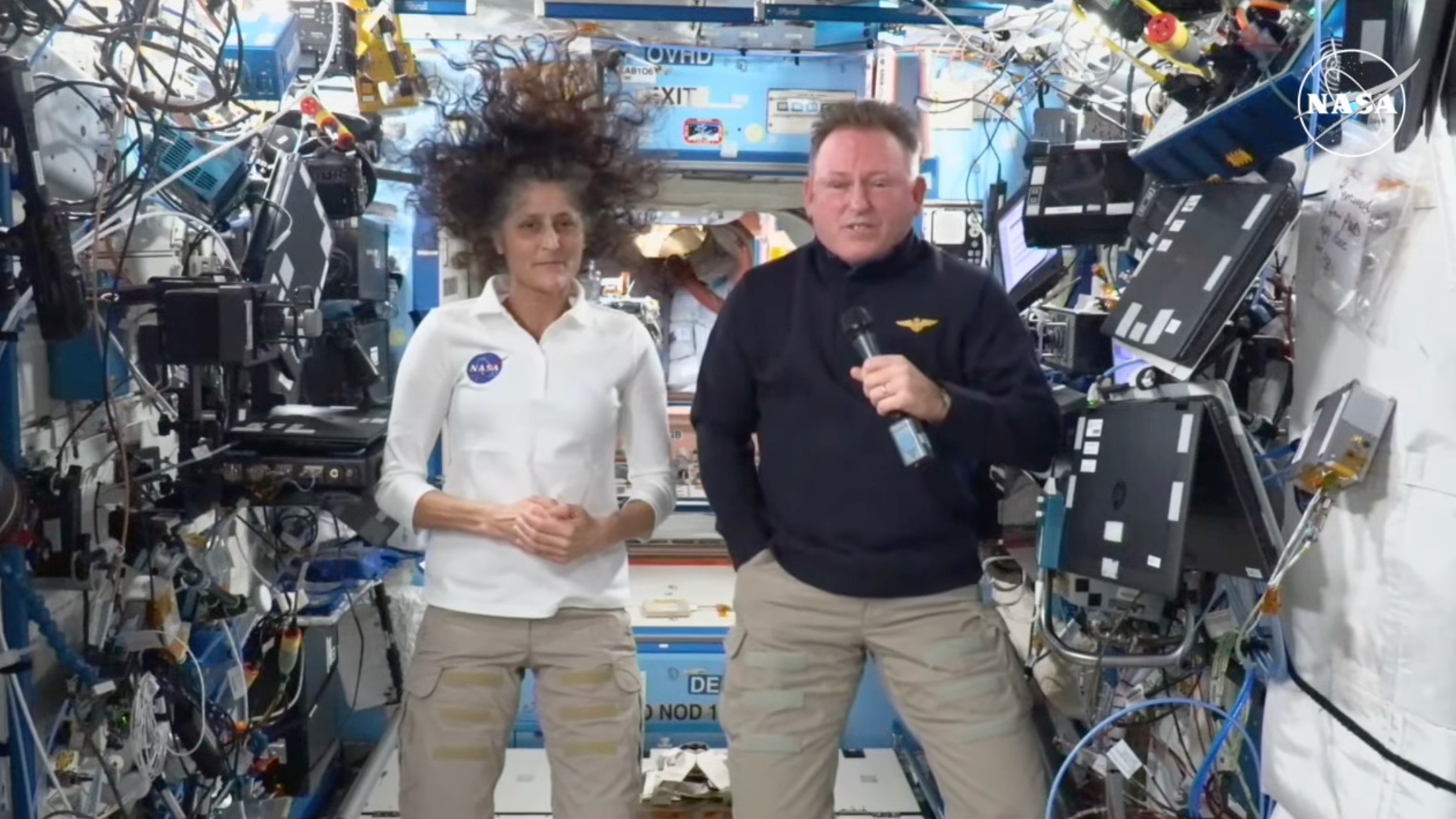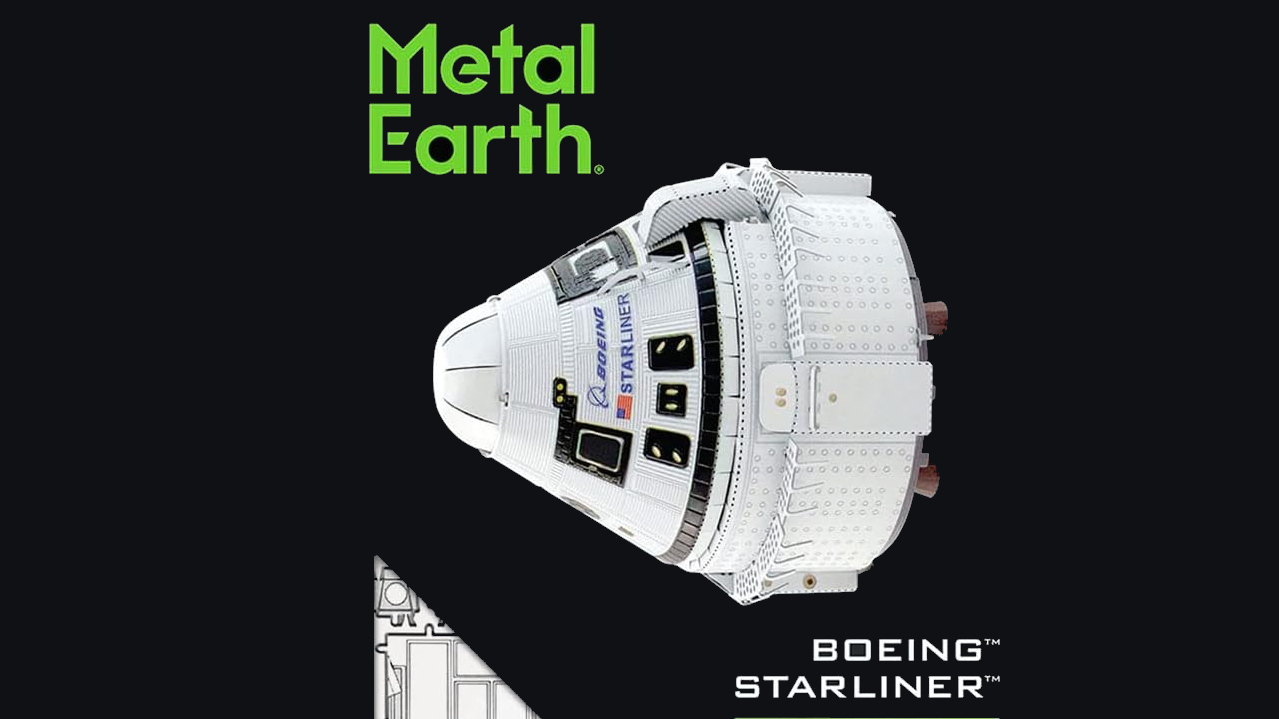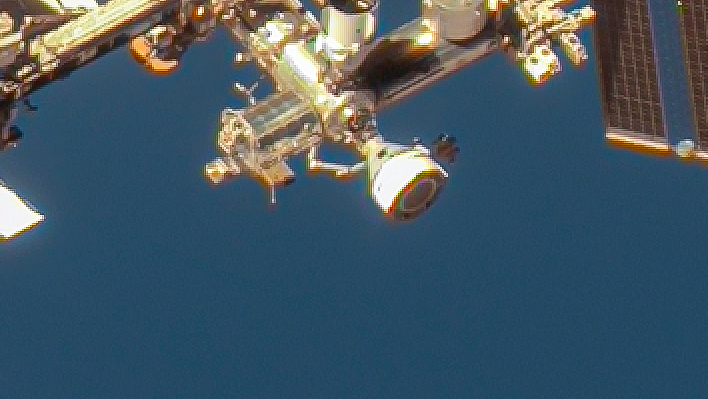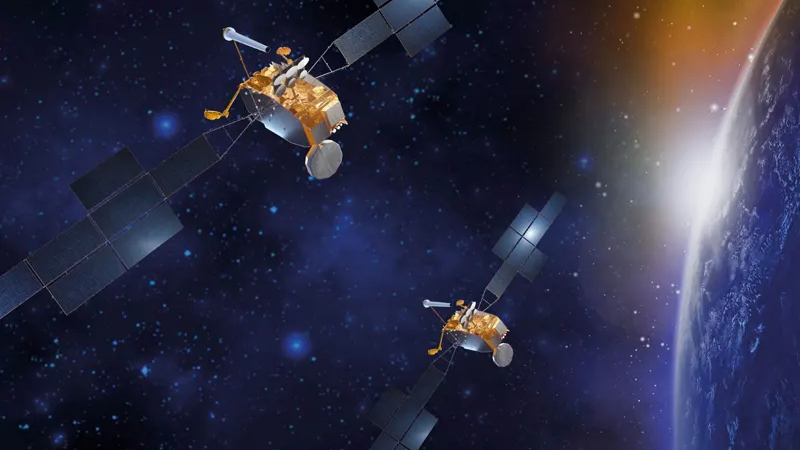'We just ran out of time': Boeing Starliner astronauts on why their spaceship returned to Earth without them

Boeing's Starliner capsule might have been able to finish its mission as planned if time had been on its side.
Starliner launched June 5 on its first-ever crewed flight, a trial run that sent NASA astronauts Suni Williams and Butch Wilmore to the International Space Station (ISS). The duo were supposed to live on the orbiting lab for just a week or so, but NASA extended their stay to about three months while studying thruster issues that cropped up during Starliner's rendezvous with the ISS.
Ultimately, the agency concluded that bringing Williams and Wilmore home on Starliner was just too risky, so the capsule returned to Earth uncrewed on Sept. 6; its former crew will come home next February on a SpaceX Crew Dragon capsule. But that decision was made under some time pressure, Wilmore said, noting that 12 astronauts are currently living and working on the ISS.

You can build your own Boeing Starliner space capsule with this Metal Earth Boeing CST-100 Starliner 3D Metal Model Kit, available for $10.95 at Amazon.
Seven of those 12 are NASA astronauts; the other five work for Russia's space agency, Roscosmos. Six of the Americans, including Williams and Wilmore, have been on the station since June or earlier, presenting a challenge for the NASA ISS team. (The seventh NASA spaceflyer, Don Pettit, arrived at the station with two Russian colleagues on Sept. 11.)
"To staff the space station with six [NASA] people — we've done it. We've done it well, I think, over the past couple of months. But it's not prepared for that long-term. And so we had to make some decisions on a timeline," Wilmore said during a call with reporters that he and Williams held from the ISS today (Sept. 13).
"The timeline came to the point where we had to decide, is Starliner coming back with us or without us?" he added. "And we just did not have enough time to get to the end of that runway where we could say that we were going to come back with it. I think we'd have gotten there, but we just ran out of time."
Related: Astronauts would have been fine on Boeing's Starliner during landing, NASA says
Breaking space news, the latest updates on rocket launches, skywatching events and more!
Wilmore said that he and Williams were involved in the discussions that Boeing and NASA held about the thruster issues and Starliner's homecoming plans.
"I was really impressed," Williams said of those meetings. "There were a lot of opinions. There was a lot of data coming in at different times, and a lot of people trying to digest that data and understand it and take it forward."
Williams and Wilmore said that they aren't disappointed to be spending all that extra time in space. Both astronauts stressed that the Starliner mission was a test flight, so some issues were to be expected — and dealing with the unexpected is a big part of being a NASA astronaut (as well as a Navy test pilot, which both Williams and Wilmore were as well).
The two spaceflyers said they'll miss their families and friends during their extended orbital stay, but both accentuated the positive. Williams, for example, described space as her "happy place." And she highlighted the benefits of getting a different ride back to Earth.
"We're excited to fly in two different spacecraft. I mean, we're testers; that's what we do," Williams said.
"We wanted to take Starliner to the completion and land it back on land at home. But, you know, you have to turn the page and look at the next opportunity," she added. "We'll come back with some evaluation of both spacecraft, and I think we're pretty fortunate for that."

Michael Wall is a Senior Space Writer with Space.com and joined the team in 2010. He primarily covers exoplanets, spaceflight and military space, but has been known to dabble in the space art beat. His book about the search for alien life, "Out There," was published on Nov. 13, 2018. Before becoming a science writer, Michael worked as a herpetologist and wildlife biologist. He has a Ph.D. in evolutionary biology from the University of Sydney, Australia, a bachelor's degree from the University of Arizona, and a graduate certificate in science writing from the University of California, Santa Cruz. To find out what his latest project is, you can follow Michael on Twitter.

